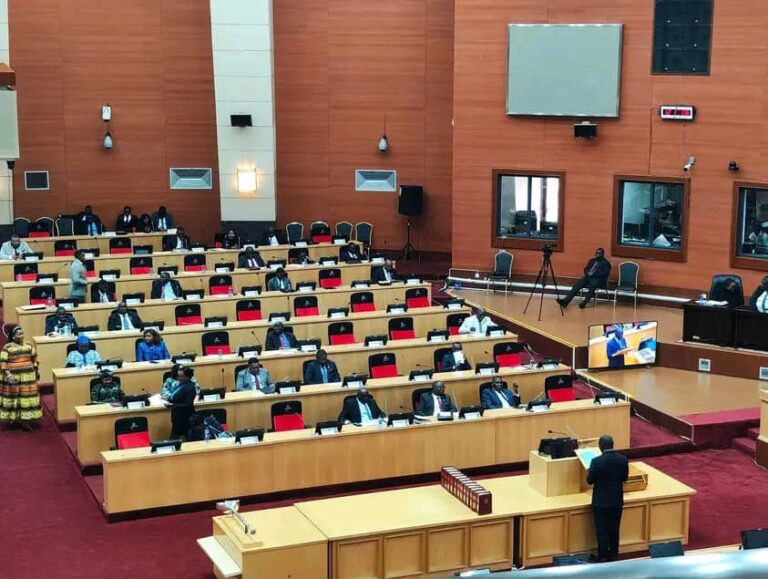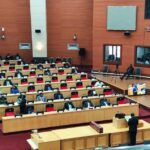By Burnett Munthali
As we take a moment to look back at the legacy of former President Arthur Peter Mutharika (APM), an aerial view of the recently completed Area 18 interchange in Lilongwe serves as a striking symbol of his administration’s commitment to infrastructure development. The interchange stands not only as a vital transportation hub but also as a testament to APM’s vision for modernizing Malawi’s road networks.
The Area 18 interchange, which facilitates traffic flow and enhances connectivity in the capital, is a product of Mutharika’s push for improved infrastructure during his presidency from 2014 to 2020. His administration prioritized such projects, viewing them as essential to stimulating economic growth and attracting investment. The interchange plays a crucial role in easing congestion and improving access to key areas within Lilongwe, thereby supporting both commercial activities and everyday commutes.
From an aerial perspective, the interchange’s design showcases modern engineering and urban planning, aligning with APM’s aspirations for a more developed Malawi. The intricate layout of roads, flyovers, and connecting routes reflects the administration’s focus on building infrastructure that meets the growing demands of a bustling urban environment. It stands as a physical manifestation of the progress that was made during APM’s tenure, especially in addressing transportation challenges that have long plagued the capital city.
However, while the interchange is a notable achievement, it also prompts reflection on the broader context of APM’s leadership. His presidency faced significant hurdles, including allegations of corruption and public discontent over economic challenges. The unveiling of infrastructure projects like the Area 18 interchange often became intertwined with the political narrative surrounding his administration, highlighting both the achievements and the controversies that characterized his time in office.
Supporters of APM view the interchange as an enduring symbol of hope for Malawi’s future. They argue that such projects are crucial for the country’s development and economic revitalization. As Malawi looks ahead, many express a desire for a return to strong infrastructure investments that could stimulate growth and improve living standards.
In contrast, critics question the prioritization of large infrastructure projects amid ongoing socioeconomic challenges. They argue that while physical developments are essential, there must also be a focus on addressing poverty, healthcare, and education to ensure that all Malawians benefit from national progress.
As the sun sets over the Area 18 interchange, casting long shadows across the city, it reminds us of the complexities of governance and the enduring impact of leadership decisions. APM’s signature, once a mark of his authority, now represents both the potential for progress and the challenges that lie ahead for Malawi.
In conclusion, the aerial view of the Area 18 interchange encapsulates the dual nature of APM’s legacy: one of ambition and accomplishment, yet intertwined with the realities of political life. As we reflect on his time in office, it is clear that the interchange will serve as a lasting reminder of the aspirations for a modern, interconnected Malawi, while also urging future leaders to balance infrastructure development with the pressing needs of the people.






















